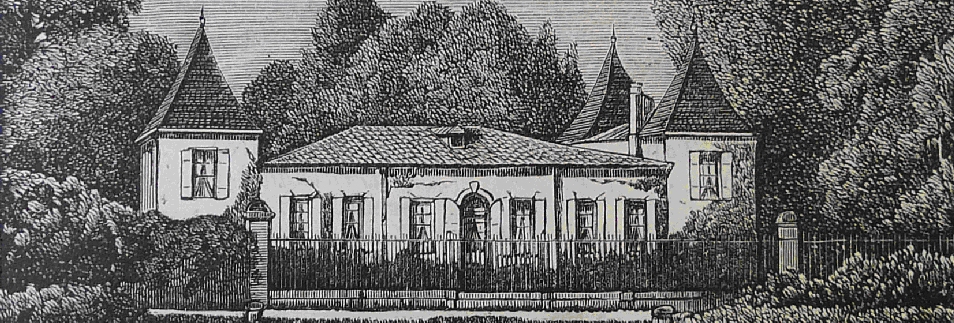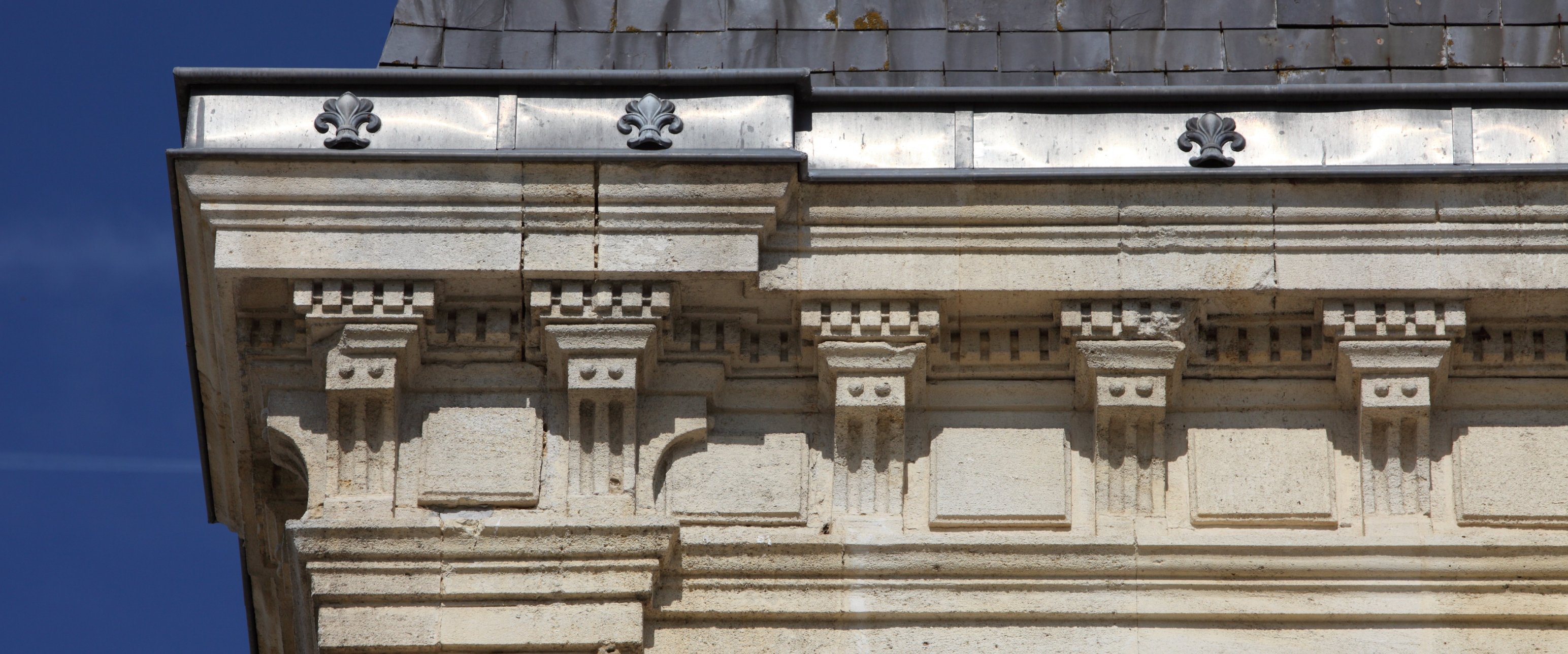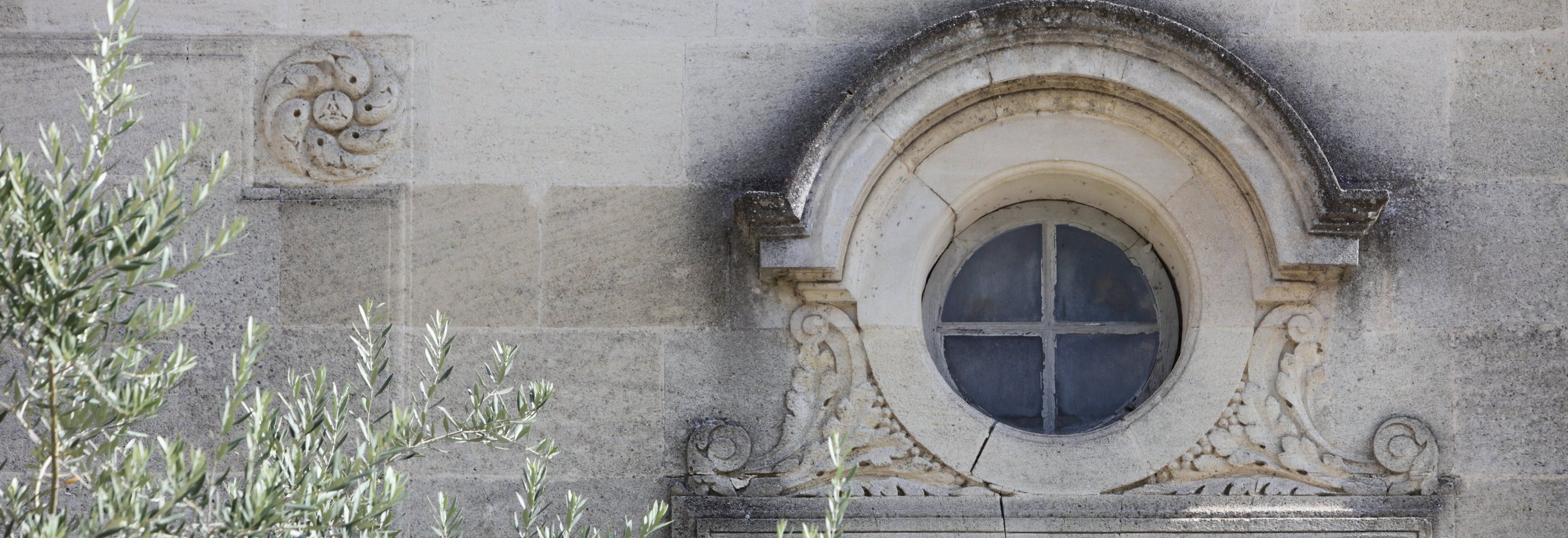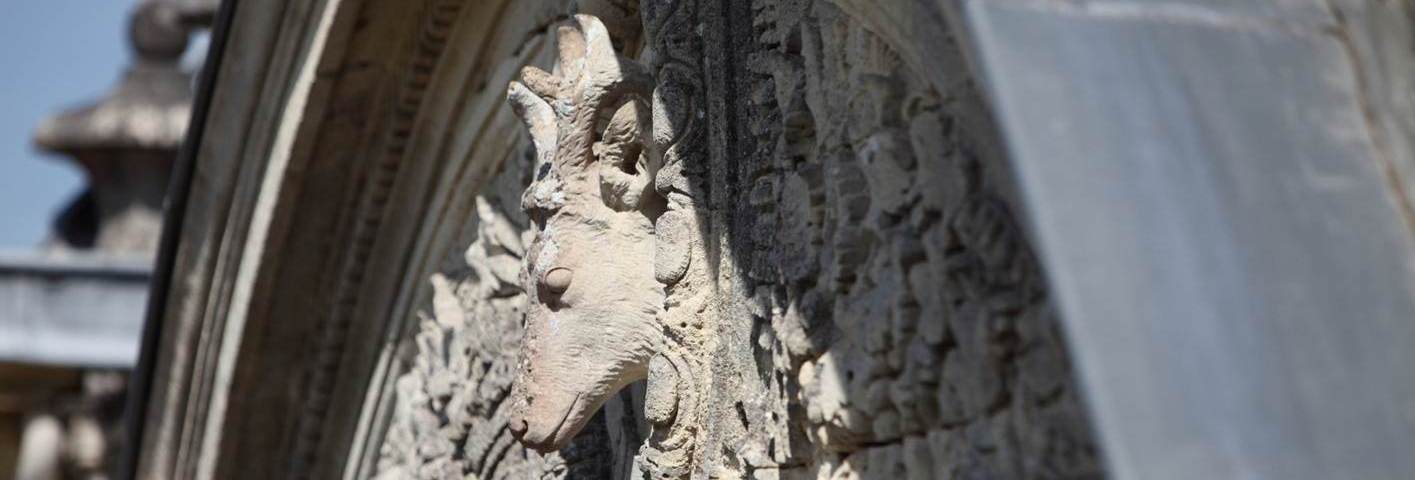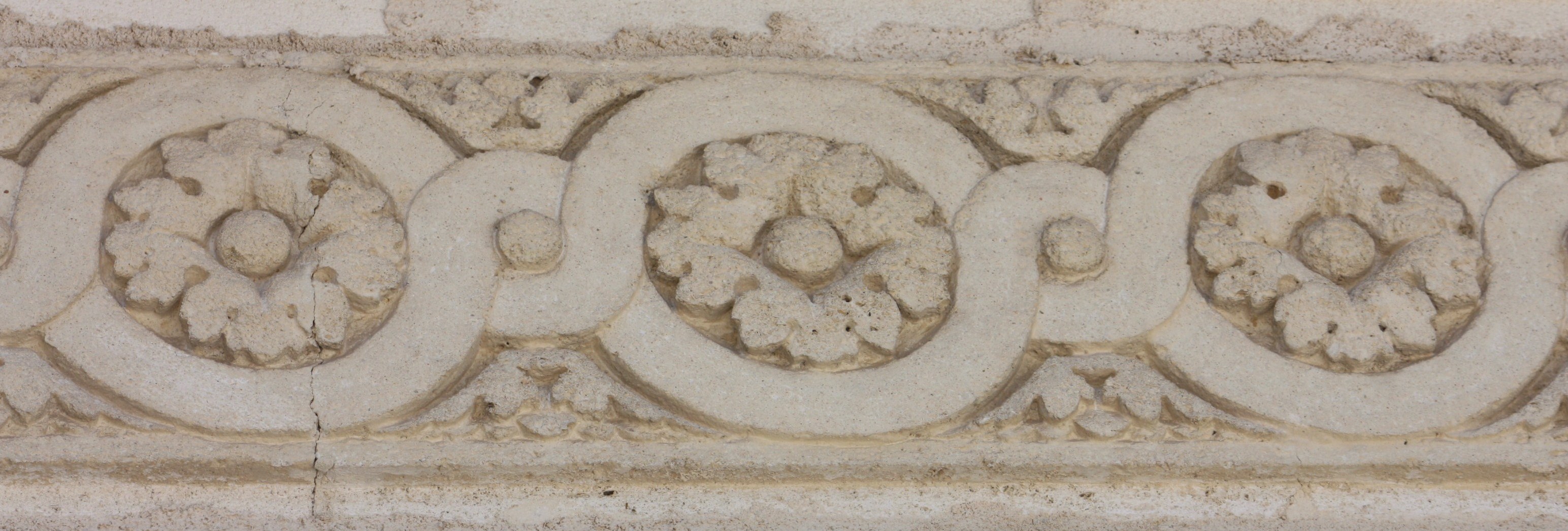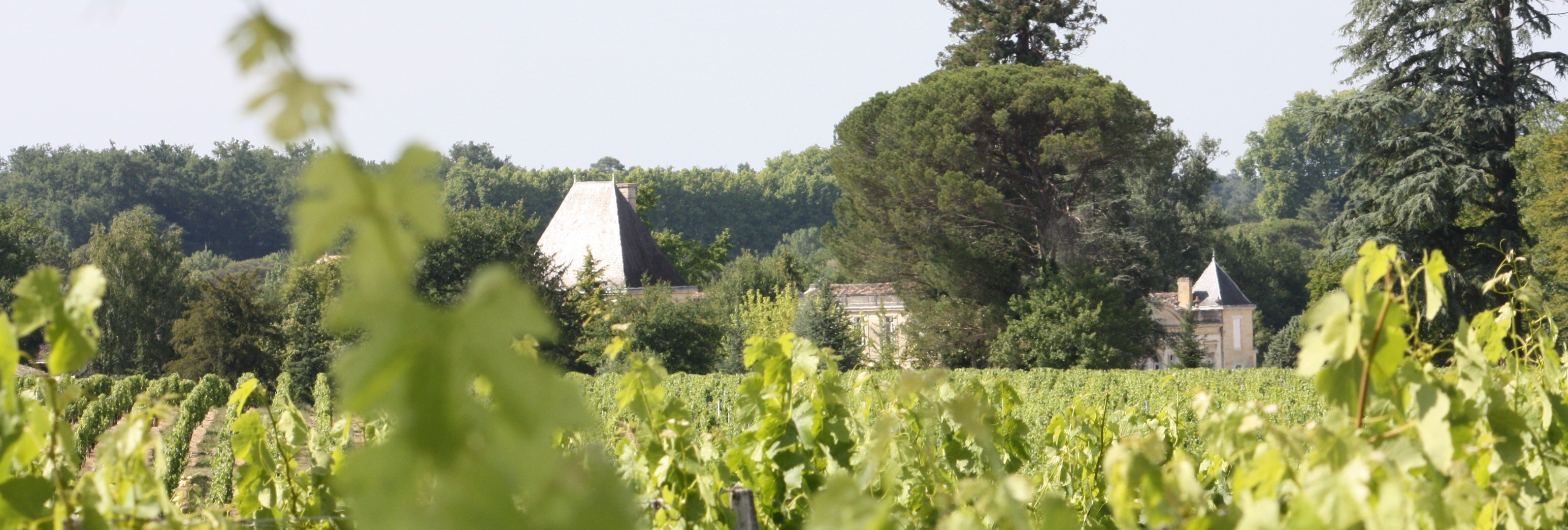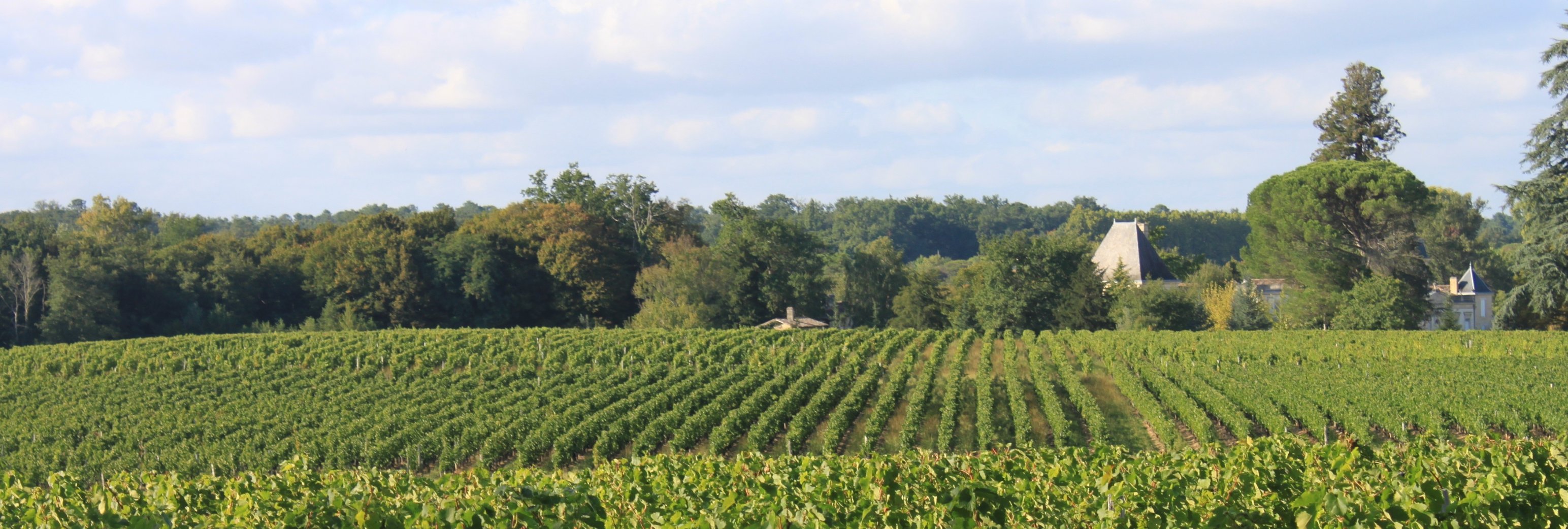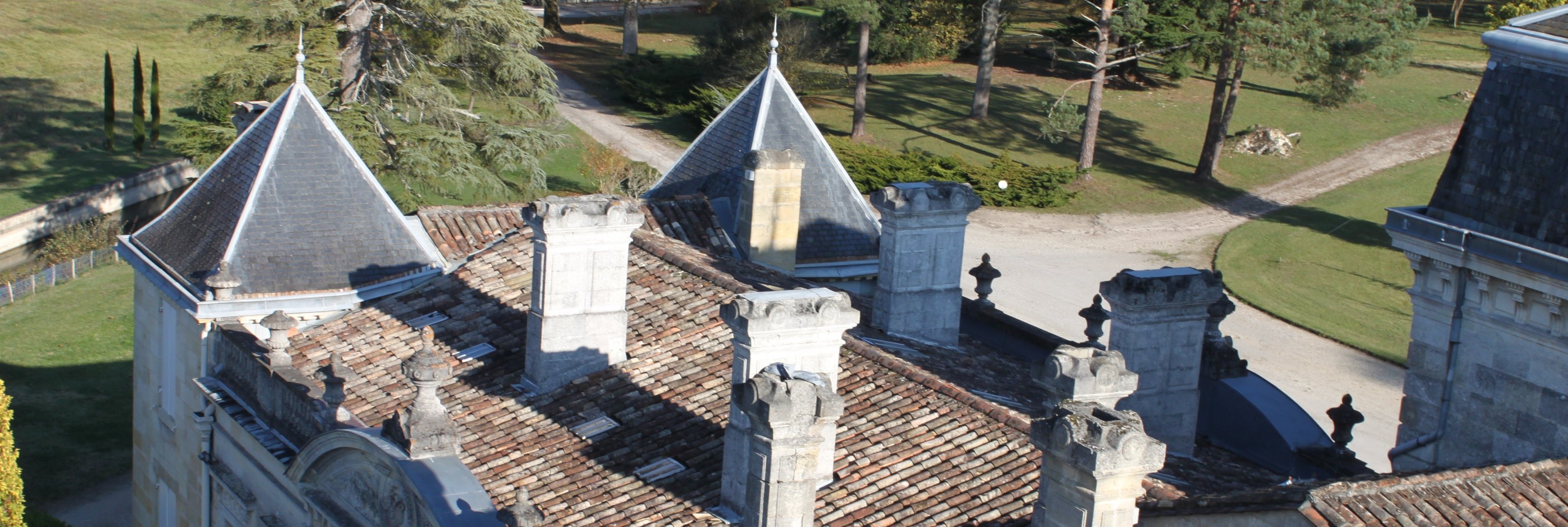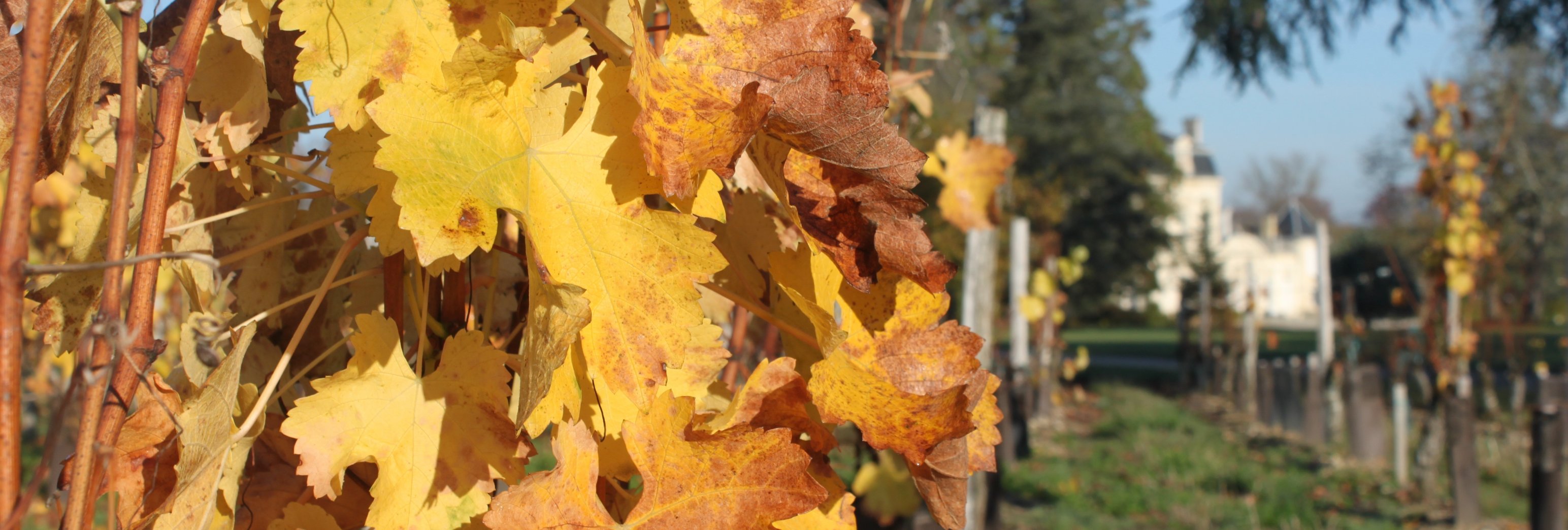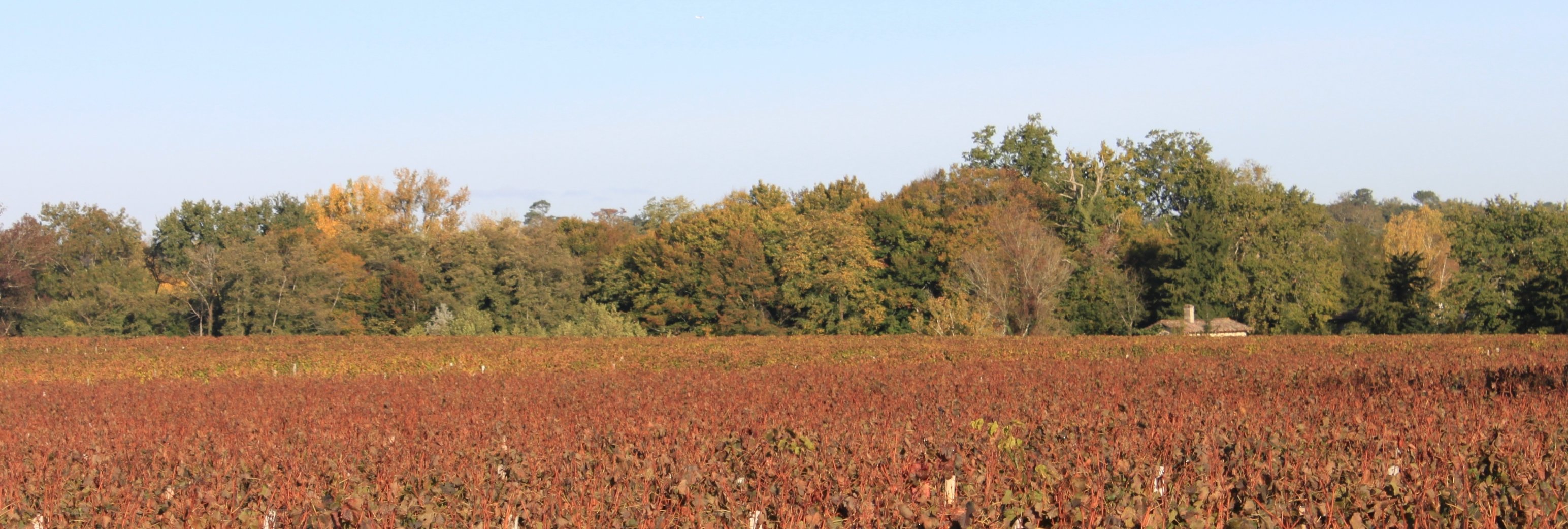A philosopher and author as well as a public figure, businessman and wine grower, Charles de Montesquieu lived in La Brède, overseeing the development of his estate and his vineyard. He was the first to promote the wines of the Graves region, and did much to build their reputation throughout France and in Britain.
In the early 18th century, the property belongs to the philosopher’s father. After many owner changes his descendant Gaston de Montesquieu acquires the estate and gives it a new identity which has since then been preserved.
The Milleyres vineyard is mentioned in official records from 1703 as part of the fiefdom belonging to his father, Jacques Secondat de Montesquieu. Acquired in 1756 by a Bordeaux wine merchant, the 23-hectare (57-acre) property then comprised a two-story manor house with a courtyard and garden, a barn, a wine storehouse and a fermenting room, as well as arable land, vines, pastures and woods surrounding the buildings.
Finding himself heavily in debt, the owner was forced to sell the property in 1793 to a merchant from Les Chartrons, whose daughters inherited it and sold it in 1837. The new owner managed the vineyard until it was sold in 1867 to Gaston de Montesquieu and his wife Mathilde de Courtaurel de Rouzat. Gaston de Montesquieu, a descendant of the younger branch of the family, purchased the property in order to live closer to his brother, a descendant of the elder branch who lived at the Château de La Brède.
Gaston de Montesquieu renamed the estate Faugeyres, later spelled Fougères, in reference to a medieval castle that had once stood about a hundred meters from the main house. He greatly expanded the building, adding a pediment decorated with the Montesquieu and Courtaurel de Rouzat family arms. He used the manor as a hunting lodge, as the exterior decoration of the charterhouse attests. He also reconfigured the vineyard, planting 27 hectares (67 acres) with malbec, merlot, cabernet sauvignon and cabernet blanc grapevines, bringing the total area of Les Fougères to 80 hectares — nearly 200 acres.
The first record of commercial wine production on the property dates from 1874, when Gaston de Montesquieu declared an inventory of 40 barrels of red wine and 20 barrels of white. In 1881 production reached 80 barrels of red and 20 of white. Gaston’s son Henri de Montesquieu took over the management of the vineyard in 1908, at which time its production had fallen to 35 barrels of red wine and 5 of white. In 1949, Marie Kappelhof-Lançon, Baroness of Montesquieu and widow of Henri’s son Charles de Montesquieu, reported production of 10 barrels of red wine and the same quantity of white. In 1986, Gaston’s great-grandson Baron Henry de Montesquieu relaunched the winegrowing operation, reviving the activity that had been the life’s work of his illustrious ancestor.
In 2010, Dominique Coutière, a native of the neighboring Landes region, acquired the property with its 14 hectares (34.5 acres) of vines: 10.5 hectares (26 acres) planted with merlot and cabernet sauvignon, and 3.5 hectares (8.5 acres) devoted to semillon and sauvignon. The production now totals 450 hectoliters (50 barrels) per year. Today the residence is a monument to the craftsmanship and architectural know-how of the late 19th century, and the vines have reached maturity. The winemaking installations are constantly being improved in order to yield a product that is faithful to its soil and to its history.

